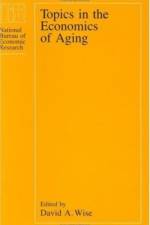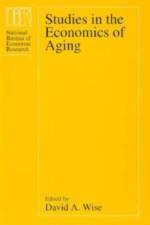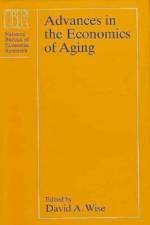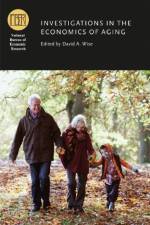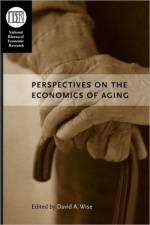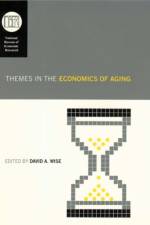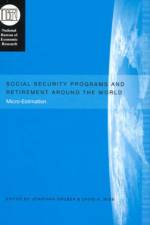av David A. Wise
1 215
In 1986, the National Bureau of Economic Research initiated a research project on the economics of aging under the direction of David A. Wise. The goal of the program is to further our understanding of both the determinants of the economic well-being and health of the elderly, and the consequences for the elderly and for the larger society of an increasingly older population. This third volume to result from the project contains nine essays addressing new issues, some of international scope, as well as research that continues work introduced in the previous volumes. Topics include retirement and saving for retirement; living arrangements and family support of the elderly; the aged in developing countries, including Thailand and Cote d'Ivoire; social security reform, with an analysis of the Japanese system; and the relation between the duration of nursing home stays and the source of payment for care. Each paper is accompanied by critical commentary. Robin L. Lumsdaine, James H. Stock, and David A. Wise find that although complex models are better predictors of actual retirement behavior, the most complex does not provide significantly more information. In a paper offering startling evidence likely to be of wide interest, Thomas E. MaCurdy and John B. Shoven report that the long-term rate of return on stocks is higher than that on bonds but, despite this difference in returns, fewer than twenty percent of TIAA-CREF participants choose to put more than half their retirement savings into stocks. Axel Borsch-Supan, Vassilis Hajivassiliou, Laurence J. Kotlikoff, and John N. Morris develop a model of living arrangements that promises easier implementation than past models, and confirm thatincreasing age and decreasing functional ability are the most important factors influencing the decision to enter a nursing home. Borsch-Supan, Jagadeesh Gokhale, Kotlikoff, and Morris consider the time that children spend with their parents, concluding that this time is determined primarily by demographic factors, with economic factors such as income and wealth playing an insignificant role. Using data from the Retirement History Survey, Michael D. Hurd argues that wealth, excluding housing, declines about three percent a year during retirement; average consumption expenditures also decrease by two to four percent a year, findings consistent with the life-cycle theory. Angus Deaton and Christina H. Paxson consider aging issues in less developed countries, finding that older people in Thailand and Cote d'Ivoire tend to live with younger relatives in multigenerational households and that economic status is less variable over the life cycle in these countries. The pay-as-you-go Japanese social security system is examined by Tatsuo Hatta and Noriyoshi Oguchi, as are the implications of changing from the current system to one that is actuarially fair. Alan M. Garber and Thomas E. MaCurdy explore the relation between the duration of nursing home stays and the source of payment for nursing home care. They conclude that the incentive effects of the subsidies of nursing home care may play an important role in what type of nursing home care is most often used. Finally, transitions in and out of nursing homes are considered by Edward C. Norton, who analyzes data from an experiment that tested the effects of performance-based reimbursement on the quality and cost of nursing home care.


